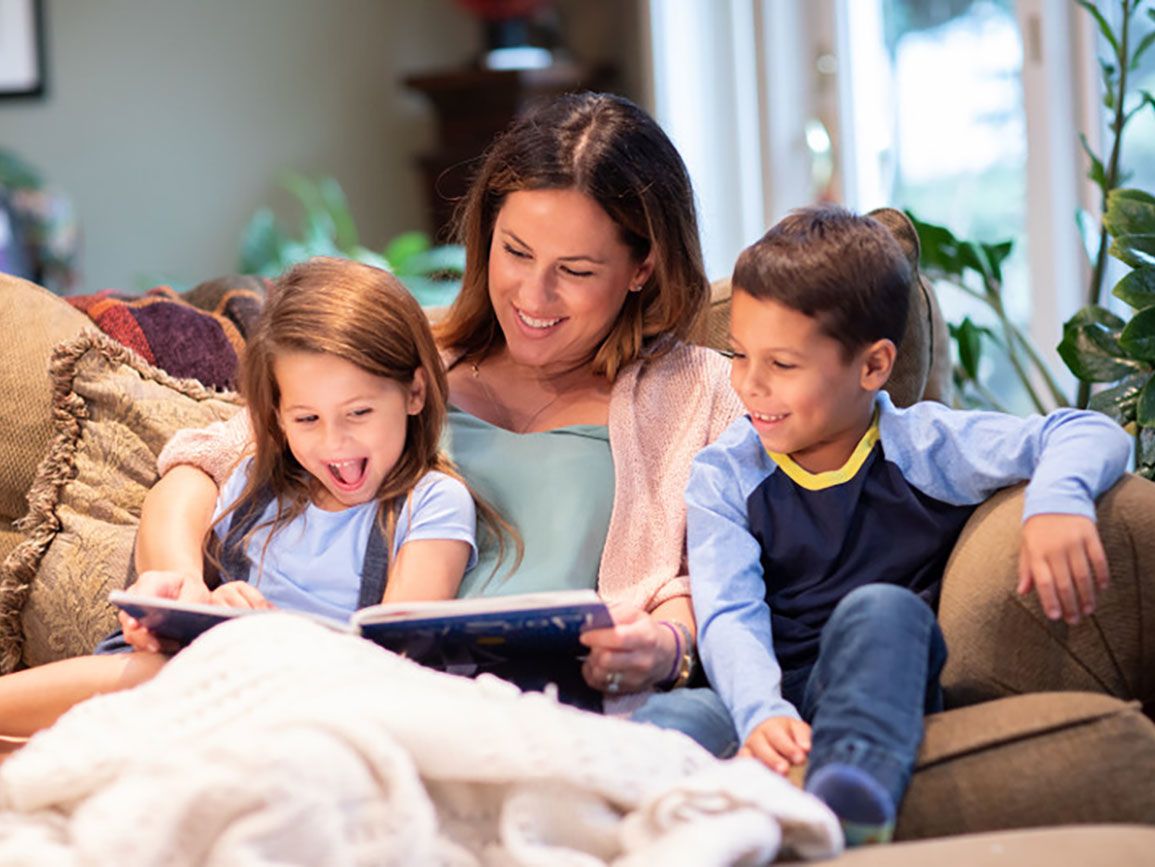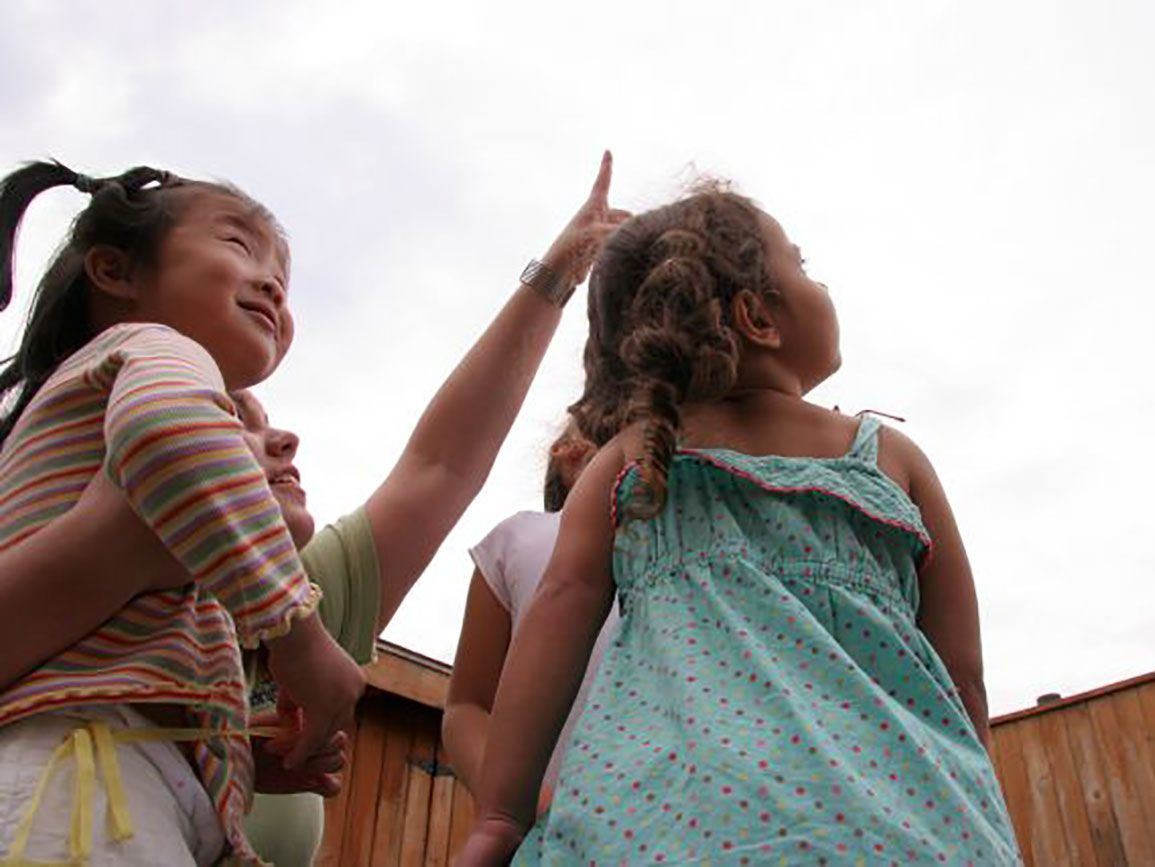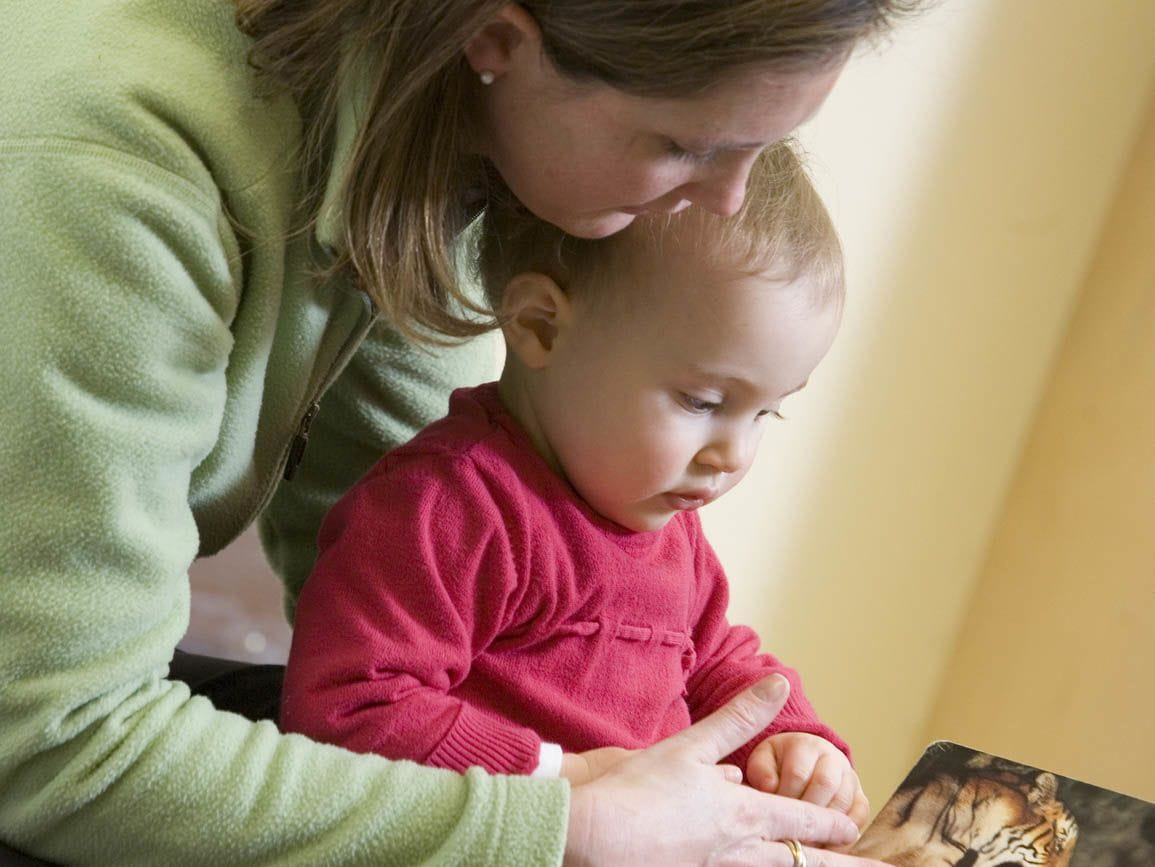Reading with children is one of the pleasures of parenting. As we share beloved books, we transfer culture and build bonds. Reading aloud also helps develop a lifelong love of reading and learning. Reading with children can even boost executive function. In this guide, you’ll learn more about the benefits of reading to children, what it should look like in the early childhood classroom, and how to make the most of it at home.
The Benefits of Reading
Reading in the Classroom
Reading at Home
Bright Horizons Podcast Episode: Ready, Set, Read
The Benefits of Reading
Reading for Life Skills
The ability to read is absolutely critical for success in life, school, and work. According to the organization, Reading is Fundamental, 93 million adults in the U.S. read below the basic level deemed necessary to participate in and contribute to society. Just think about what this means. These adults struggle with things like work applications and on-the-job instructions, let alone reading books for themselves or their children. And high exposure to language and communication, along with a varied vocabulary, is linked with higher literacy skills. But in the midst of these disheartening statistics, is some good news. All it takes is a few good books and an enthusiastic adult to turn those numbers around.
Reading for Executive Function
We all know that reading with young children supports the development of a wide range of literacy skills. But did you know that reading together is also an excellent way to build a variety of other competencies in your child?
Our executive function is the set of mental skills that allows us to assess and set priorities, think before acting, adjust to competing demands, and keep the perspective of another in mind. Learn about reading activities that can help develop executive functioning skills in children.
Reading can also be a source of joy, comfort, knowledge, and understanding. Books engage us in a conversation between the author and the reader, allowing us to explore new ideas, recognize universal truths, or gain greater perspective about our own challenges and experiences.
Reading for Character Development
Children learn important values as they laugh, cry, and root for beloved characters. Children internalize these lessons, summoning them later to use in their own lives. Reading leads to natural discussion about characters, which can help your child to become better at taking another’s perspective.
Additionally, reading non-fiction books with your child opens opportunity to expand your child’s background knowledge on a topic. This background knowledge offers your child a deeper understanding of the world, and provides context for future learning.
Reading in the Classroom
Learning to read and write is a developmental milestone that children reach at their own pace. Yet, research shows that the acquisition of six specific skills identified by Elaine Weitzman and Janice Greenberg in "ABC and Beyond: Building Emergent Literacy in Early Childhood Settings" can predict later literacy success.
Early childhood teachers can profoundly impact a child’s experiences as they help build these skills. Below are a few thoughts on how children engage in reading in an early childhood education program or classroom.
The Six Building Blocks for Emergent Literacy
Conversation. When teachers read books with children, rather than to children, children listen more carefully, think more deeply, and engage more creatively with stories. Teachers in Bright Horizons classrooms often choose books based on children’s interests or encourage children to bring favorite books from home. While reading together, teachers observe children and ask open-ended questions, such as “What would you do if…” or “I wonder what might happen next?”
Vocabulary. Numerous studies have linked a rich vocabulary with later reading and school success. Teachers use a varied vocabulary in their everyday conversations with children. They also notice new vocabulary words in books, point them out, and use them in context in the classroom.
Story Comprehension. All stories have some common characteristics — characters, setting, problems, actions, and resolution. Teachers help children understand these characteristics and, in turn, increases their enjoyment and understanding of stories.
Language of Learning. When teachers engage in “learning conversations” versus functional conversations, according to Weitzman and Greenberg, they help children develop more complex and analytical thinking.
Print Knowledge. Children need to know that print is a way to communicate and that there are specific rules for it, e.g., print runs from left to right and top to bottom; letters have both upper and lower cases; words have spaces between them; books are read from front to back. This knowledge is gained as teachers model writing, point out print in books, and offer meaningful writing activities.
Phonological Awareness. Phonological awareness refers to an understanding that words are made up of sounds. Teachers offer games and activities that help children begin to hear each individual sound, such as rhyming games or clapping the syllables in a word.
Reading at Home
Children’s literacy development is individual. Some children speak early or learn to read quickly. Others need more time. Join your child in conversation, have fun with language, reading and writing, and model respect for the written and spoken word. Remember, the goal is not to push early reading—sooner is not better or predictive of future success as a reader. Help grow a skilled, lifelong reader by:
- Selecting books carefully. Choose books with timeless themes, engaging, well-written stories, and artful pictures.
- Establishing reading rituals. Reading a book before nap or bedtime is soothing and a great habit to form with your child. There are words everywhere—encourage your child to be aware of labels, signs, and headlines throughout the day.
- Taking your child to libraries and bookstores. Even very young children can get a library card or enjoy regular outings to the library.
- Subscribing to a magazine for your child. Some good magazines for children include Ladybug or Highlights.
- Encouraging your child to “write” and display “writing.” Drawings, letters, words, and scribbles can be posted on a corkboard where your family can admire the work.
Readers grow and flourish in families and communities that value the written word. Literacy is the product of extensive and systematic interactions with printed words and high expectations for the child’s language development.
10 Tips to Make Story Time Memorable
Reading is a perfect way to spend quality time with your children. Stories spark children’s imaginations and create memories that last a lifetime. Here are a few simple tips for making story time with your children memorable and enjoyable.
Ask your child for book suggestions.
Even the youngest of children have preferences in books. Find out your child’s favorite books for story time and then suggest some of your own from when you were a child. Don’t forget about classic tales and adventures, such as myths and legends. You can also choose to read bilingual stories or stories from around the world as a way for children to experience different languages and cultures.
Consider your child’s attention span or your family’s schedule.
When reading to children, it’s not always necessary to read an entire book. Reading one chapter a night at bedtime or even a few pages at a time will keep your child engaged and excited for the next story time with you. It also helps build suspense and recall.
Consider different times of the day to read to your child.
Reading time doesn’t always have to be at bedtime. Some families enjoy reading with their children early in the morning as a special way to start the day, especially if reading at bedtime is difficult.
Keep your child engaged in reading.
Ask questions along the way to help promote speech development and comprehension. Point out words that might be new to their vocabulary and talk about how the words are used and what they mean. Ask questions that evoke emotion and reflective inquiry, such as, “What would you do in this situation? Why do you think the character behaved in that way? Have you ever encountered a similar situation? Who does the character remind you of? How does the character feel?”
Read aloud together with your child.
Take turns reading a page aloud with a child who has learned to read. This activity builds confidence and sparks conversation.
Be creative during story time.
Use your personality to bring children’s books to life. Using different voices for each character or acting out parts of the story can make story time even more memorable and enjoyable for you and your child.
Find different places to read to children.
Under the trees in the evening with a blanket and flashlight; swaying on a hammock; cuddled up on a favorite couch or at the breakfast table; sitting on the front step watching the world go by…a place to read can be just as unique as the stories themselves.
Continue engaging with books after the last page.
Look for creative ways to extend the learning of the book. Are there far-off lands that are featured in the book? Find them on a map together. Make a family craft together based on the illustrations or theme in the story; listen to music that is in some way related to the story; research recipes from where the story is located and cook them together; act out the story with your child; or write a sequel to the story together.
Keep a children’s story time journal together.
It’s never too early to begin teaching children to write. Note the book or story shared, the date, the reactions of other family members. Younger children may wish to draw a picture representing the book. Older children can help complete the journal entry. The journal will become a beautiful memento to look back on the books shared during story times together.
Take pictures of your family reading.
There are few things sweeter than pictures of family members curled up reading stories together. You can use these pictures to illustrate the passage of time as family members grow, how tastes in books evolve, or how the books become longer as the children grow older.
Bright Horizons Podcast Episode: Ready, Set, Read
Do you find yourself picking up the same story over and over again? Are you wondering how to choose your child’s next book? Join Rachel Robertson, education and development vice president, and Ruth Fidino, learning and development director, for Episode 8 of Teach. Play. Love. Parenting Advice for the Early Years. In this episode, they discuss what it means for a children’s book to be high quality, the many benefits of reading, the low-down on tablets and audiobooks, and what matters most — helping your child learn to love reading.
Bright Horizons’ Teach. Play. Love. Podcast is now on Spotify. Subscribe on Spotify, Apple Podcasts or your favorite podcast source.





